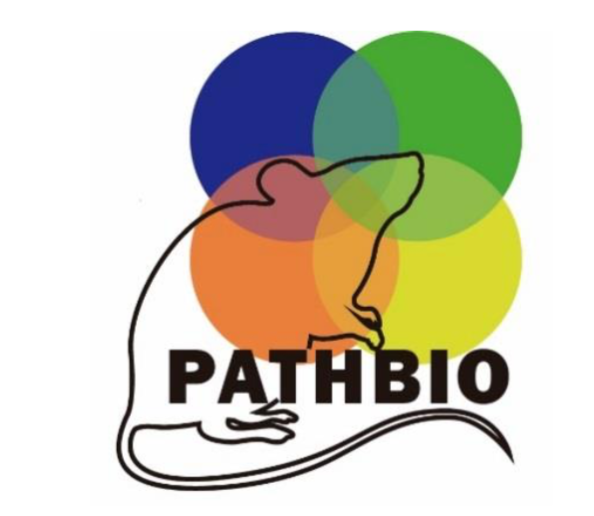



In the field of
experimental pathology, as well as in that of human clinical pathology, the
autopsy is of fundamental importance for the examination of morphological
changes associated with pathology, or the states induced by the experimental
treatments. Moreover, in particular fields of research, a complete autopsy
represents an essential procedure in order not only to supply the researcher
with an exact qualitative description of the pathological state, but also
for giving precise quantitative estimates, in terms of frequency or
incidence of diseases. It is finally superfluous to emphasize that the
anatomo-pathological examination constitutes the most important aid, on a
morphologic basis, for the study and the identification of pathogenetic
mechanisms.
Indispensable to the attainment of such aims is the execution of a technically correct necropsy through the application of a series of systematic operations that are able to examine every part of the animal in the best possible way, without altering any particular characteristic. An improper application of such a rule can often be the cause of an incomplete or inexact appraisal of the normal and pathological characters of the organs and can make the pathologist reach an inaccurate diagnosis.
With a careful external and internal examination of the body, any particular characters of the organs can, in fact, be highlighted such as the position, the relationships with other organs, the volume, together with the shape, colour and consistency; this complete observation helps the pathologist to reach a conclusive judgment on the causes of death.
It is important to stress that, together with evidence found in the course of the autopsy, data on the history of the animal must be also taken into due consideration, as well as symptoms that precede a disease and laboratory examinations (microscopical, chemical and bacteriological) executed before or soon after death. Considered alone, these data collected during the life or after death of the animal cannot however be considered conclusive for an accurate appraisal of the cause of death. This will only be reached when all the above information is collected, analysed and synthesized in a conclusive appraisal that constitutes the epicrisis.
In all the laboratories where animal experiments are carried out, every investigator or expert technician must be trained to complete a careful post-mortem examination.
The scope of this handbook is to offer an essential guide on autopsy techniques for people who work with experimental animals and in particular with the mouse, which is used as an experimental model for the class of the Mammals, and is quickly extending to every field of biological research.
The author also hopes the present effort can provide useful information to help the diagnosis of the most frequent diseases of the mouse.
The first Italian edition was published by Boringhieri in 1972. The present edition follows somewhat the same plan as the first but is largely revised with new figures and photographs.
In the preparation of this edition the assistance of Vincenzo Di Majo was crucial and the author would like to record his indebtedness to him. The author would also like to acknowledge the expert photographic expertise of the Audiovisual media group of the Department of Anatomy for the preparation of new colour photographs and image manipulation.
This work is the result of a collaboration between two Institutions, i.e. ENEA and University of Cambridge, carried out within the framework of the EULEP - Web Atlas of Pathology (www.eulep.org), a project funded by the European Commission ( Contract number QLRT-1999-00320 ) .